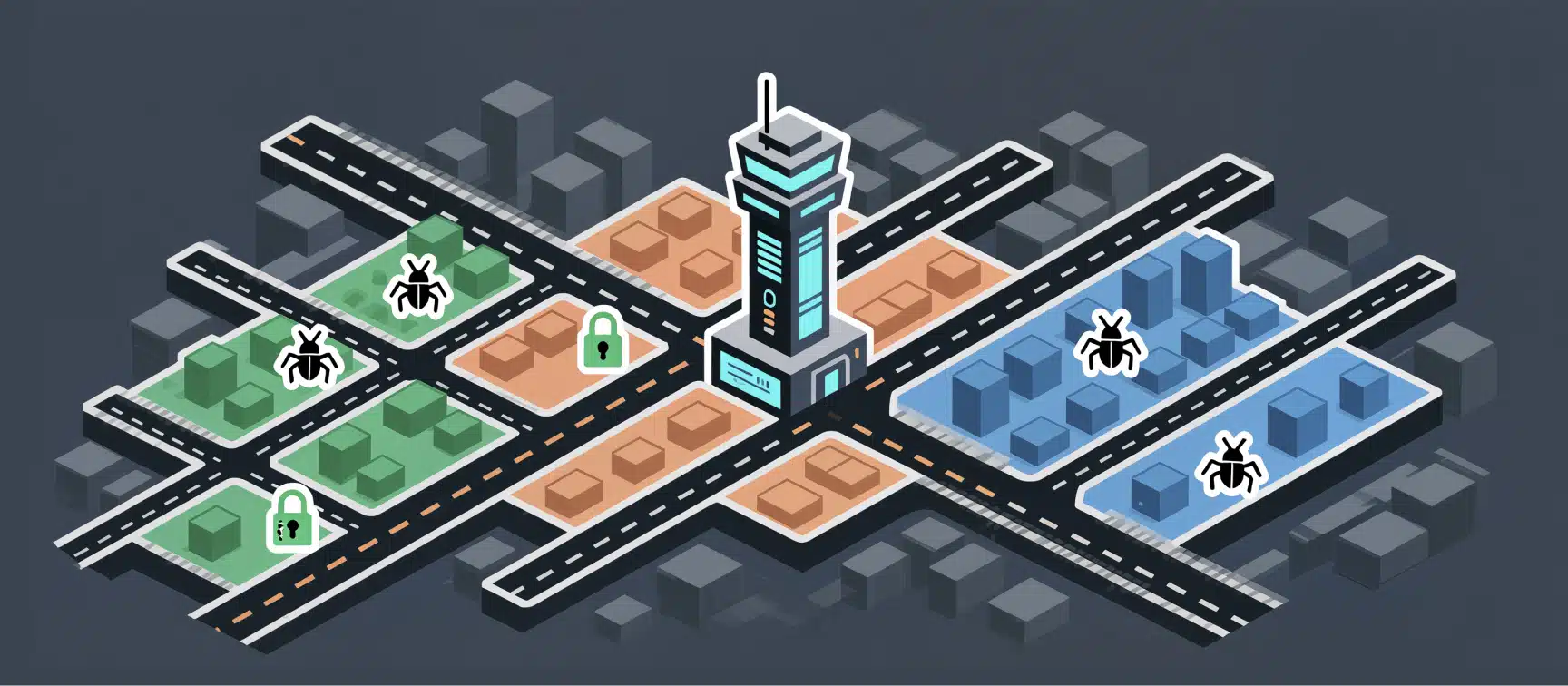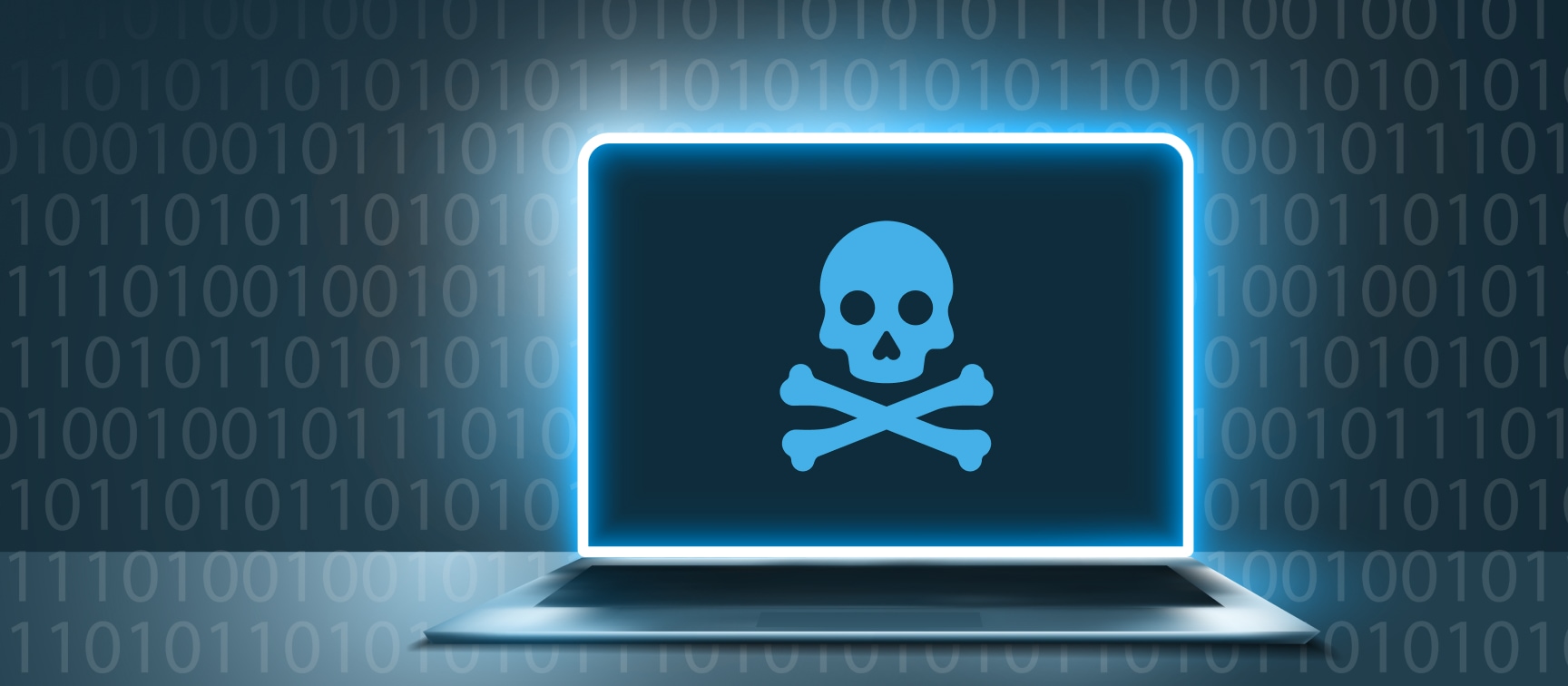How to Monitor the Dark Web for Emerging Cyber Risks
Learn how companies can easily monitor the dark web to collect valuable intelligence about emerging threats.

We’re seeing a surge in cyberattacks in 2025, especially those involving ransomware. Cybersecurity Ventures predicts that ransomware will cost victims worldwide $275 billion annually by 2031, up from $57 billion in 2025. Many of these attacks happen because threat actors find exposures in attack surfaces they can exploit. However, security teams can get ahead of attackers by implementing an effective cyber exposure management strategy.
Cyber exposure management is the practice of continuously identifying, assessing, prioritizing, and mitigating exposures stemming from an organization’s attack surface. It’s a proactive approach that looks at all forms of exposure. It aims to understand how cybercriminals find and chain weaknesses in the attack surface to carry out cyberattacks. It should not be confused with threat exposure management which focuses on understanding which threats are most relevant to an organization and could exploit existing exposures.
Managing cyber exposure is critical for security teams in 2025 and for the foreseeable future for several reasons:
Organizations face a widening attack surface as they deploy new APIs and apps, bring on more employees and contractors, and adopt AI technologies. AI adoption is especially problematic as many companies don’t have processes in place to assess the security of AI technologies before deploying them — increasing their risk of cyber exposure. Integrations with third parties like suppliers, vendors, services, also expand the attack surface, potentially introducing vulnerabilities that could propagate cyberattacks across the supply chain.
For example: In April 2025, British retailer Marks & Spencer (M&S) fell victim to a ransomware attack that forced the company to shut down all their systems leaving some in-store shelves bare and online sales to a standstill. The initial point of entry involved an attacker using social engineering against a third-party entity. The entity was tricked into resetting an M&S employee’s password. Authorities suspect that threat actors linked to Scattered Spider deployed DragonForce ransomware on the network. M&S estimates before mitigation that the cyberattack will cost the business £300m ($403 million) in operating profit for 2025/26.
Companies today face a myriad of cyber threats — from phishing, infostealers, and ransomware to APTs, RATs, and zero-day exploits. Cybercriminals can find plenty of malicious AI models on the dark web, using them to enhance and automate traditional attack methods. They can also find numerous tools for various malicious activities, such as feature-packed phishing kits and Ransomware-as-a-Service (RaaS). With all the tools and information available on the dark web, cybercriminals can discover countless vulnerabilities and exposures to exploit and launch fast-moving cyberattacks.
For example: In December 2024, BeyondTrust, a privileged identity and access security company, revealed that threat actors had breached its systems and 17 Remote Support SaaS instances using two zero-day bugs and a stolen API key. A new PostgreSQL zero-day vulnerability was also linked to the breach. That same month, the U.S. Treasury Department, a BeyondTrust customer, was hacked by Chinese state-backed threat actors. They compromised the Department’s BeyondTrust instance using a stolen Remote Support SaaS API key. The hackers were able to access agency computers and steal documents remotely.
In recent years, nation-state actors have focused more of their efforts on critical infrastructure targets. A recent KnowBe4 report states that between January 2023 and January 2024, critical infrastructure worldwide sustained over 420 million attacks — equivalent to 13 attacks per second. Many of these essential services run on legacy systems that rely on outdated software and unpatched code, making them easy and desirable targets.
For example: In July 2025, the city of Saint Paul, Minnesota, was hit by a cyberattack that disrupted some of its critical systems and online services. Minnesota Governor Tim Walz declared a state of emergency and activated the National Guard in response to the attack. Mayor Melvin Carter confirmed that the ransomware group Interlock was behind the incident. The group claimed they had stolen 43 GB worth of data, some of it published on their leak site. There is evidence that the group gained access to Saint Paul’s computer systems via custom SystemBC RAT malware.
Organizations worldwide face growing pressure to meet cybersecurity legislation requirements. For example, the EU recently passed the DORA (Digital Operational Resilience Act) and the Network and Information Security (NIS2) Directive. DORA impacts financial entities and NIS2 applies to companies that provide critical infrastructure. Noncompliance with these cybersecurity laws could lead to hefty financial penalties for businesses serving the EU. The fines for both laws can reach into the millions.
Cyber exposure management helps teams understand the entire attack surface so they can reduce the risk of asset compromise and comply with cybersecurity laws.
Companies that implement cyber exposure management processes benefit in several ways:
We’ve covered why cyber exposure management matters and its benefits. Now we’ll discuss strategy.
An effective strategy for managing cyber exposure requires well-defined and systematic processes that work together to thoroughly examine all company assets, identifying areas vulnerable to potential cyberattacks. A typical cyber exposure management strategy includes the following steps:
You can’t protect assets you don’t know exist. Organizations must identify every asset cyber attackers could target. Common types of assets in cybersecurity include:
A full inventory includes identifying the owner and location of each asset and determining how critical each one is to the business.
The next step involves assessing each asset to find potential exposures and how they could be exploited by attackers. Use automated tools to scan for Common Vulnerabilities and Exposures (CVEs) that apply to the company’s specific environments and deployments. Also check for misconfigurations, such as:
Teams need to map out all potential entry points for attackers and link exposures to real-world attacker behavior and active threat campaigns using frameworks like MITRE ATT&CK.
Not all exposures are equally dangerous. Organizations should focus on the ones that could lead to the most damage first. Evaluate the risk level of each asset considering factors such as:
Understanding the risks each asset poses helps teams decide which exposures to tackle first and which can wait until later.
Work on closing security gaps and addressing issues cyber attackers could exploit. This process involves many actions, such as:
Security teams should also establish procedures that allow them to fully remediate cyber exposure incidents and have a fast mean time to remediation (MTTR).
Monitoring is critical to effective exposure and risk management. Teams should continuously monitor internal infrastructures, networks, and application layers. They should also leverage multiple types of real-time monitoring, including file integrity monitoring (FIM), privileged user monitoring, and dark web monitoring. Using multiple monitoring tools helps security teams keep up with attack surface changes and emerging cyber threats.
Now that you have a clear idea of what a solid cyber exposure management strategy looks like, you can start looking for tools to implement it — starting with dark web monitoring.
Dark web monitoring allows security teams to scan sources across the hidden internet and receive actionable alerts on a wide range of threats, including stolen credentials and compromised assets. Webz.io’s Lunar lets teams search through the largest database of dark web data and track malicious activity, correlating it with exposures that could lead to a breach or attack. With Lunar, organizations can enhance their cyber exposure management strategy, reducing the risk of disruption, profit loss, and reputational damage.
Talk to one of our cyber experts to explore how Webz.io can improve your cyber exposure management strategy.
In cybersecurity, risk refers to the probability of loss or damage due to a threat that exploits an exposure. An exposure refers to a vulnerability or weakness in the attack surface that attackers could potentially exploit.
Organizations can reduce cyber exposure by implementing the core elements of a cyber exposure management strategy. These elements include:

Learn how companies can easily monitor the dark web to collect valuable intelligence about emerging threats.

Discover how dark web monitoring helps detect malware and phishing, protecting businesses from emerging cyber threats

Learn about the key threats you should be monitoring on the dark web to protect your business or organization.